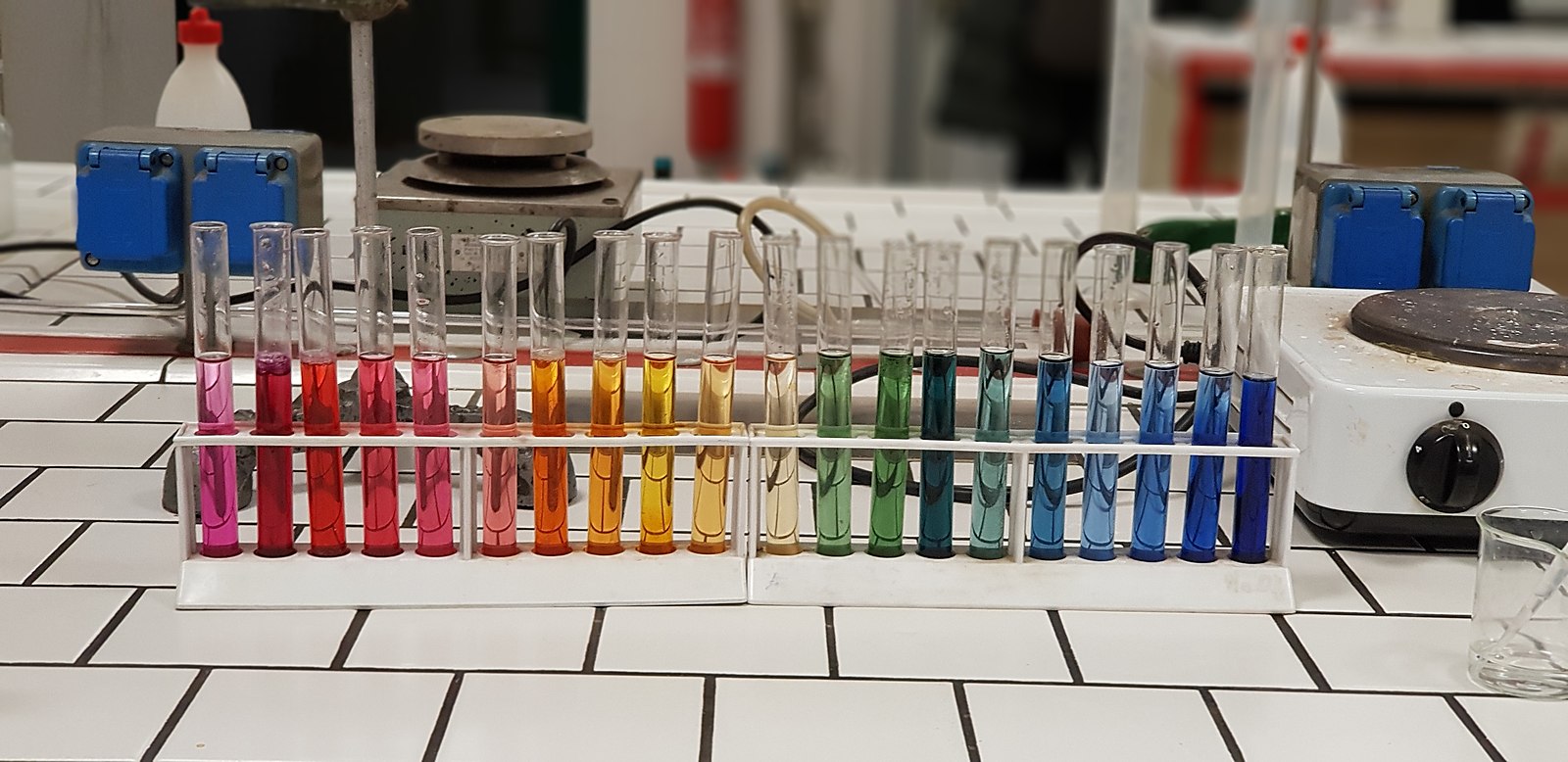The pH value of iron in water is a crucial factor in maintaining the solubility and stability of this essential mineral. Typically, the pH of iron in water ranges from 6.5 to 8.5, with an ideal range of 7.0 to 7.5. This article will explore the different forms of iron in water, the importance of pH balance, and the various solutions and home remedies for managing the pH of iron in water.
Understanding the Forms of Iron in Water
Iron in water can exist in three basic forms: ferrous iron, ferric iron, and organic iron. Ferrous iron, also known as clear-water iron, is dissolved in water and is colorless. Ferric iron, or red-water iron, is insoluble and gives water a red or yellow color. Organic iron is a result of iron combining with naturally-occurring organic acids or tannins, and is usually yellow or brown.
The Importance of pH Balance for Iron in Water
The pH of iron in water is crucial for maintaining its solubility and stability. At lower pH values, iron tends to become more soluble and can cause staining and other issues in water systems. At higher pH values, iron can precipitate and form deposits, leading to clogged pipes and other problems.
Home Remedies and Solutions for Balancing the pH of Iron in Water
To balance the pH of iron in water, there are several home remedies and solutions available:
-
Water Softeners: Water softeners can remove up to 10 mg/L of iron and are more effective for ferrous iron than for ferric iron or organic iron.
-
Manganese Greensand Filters: Manganese greensand filters can be effective for iron levels up to 10 to 15 mg/L.
-
Chemical Oxidation and Filtration: Chemical oxidation using chlorine or hydrogen peroxide, followed by filtration, can also be used to manage iron in water, but proper dosing is crucial to avoid health risks.
Dealing with Additional Contaminants and Substances
In addition to pH, there are other contaminants and substances that can be present in water with high iron content, including:
-
Hardness: Hardness, the presence of calcium and magnesium in water, can affect the effectiveness of water softeners.
-
Alkalinity: Alkalinity, the ability of water to neutralize acids, can affect the solubility of iron.
-
Iron Bacteria: Iron bacteria are organisms that consume iron to survive and can produce deposits of iron and a red or brown slime called a “biofilm”.
To address these additional contaminants and substances, various solutions are available, such as:
- Iron Bacteria Prevention and Removal: Shock chlorination, continuous chlorination, and the use of iron bacteria-resistant materials in well construction and plumbing.
- Hardness and Alkalinity Reduction: Water softeners and chemical treatments can be used to reduce the levels of hardness and alkalinity.
Conclusion
Maintaining the pH of iron in water is crucial for preventing staining, clogging, and other issues. By understanding the different forms of iron, the importance of pH balance, and the various home remedies and solutions available, you can effectively manage the pH of iron in your water and ensure a clean, reliable water supply.
References:
- Clean Water Guys. (n.d.). Iron and Manganese Problems. Retrieved from https://info.cleanwaterguys.com/water-facts/iron-and-manganese-problems/
- Minnesota Department of Health. (2024-01-17). Iron in Well Water. Retrieved from https://www.health.state.mn.us/communities/environment/water/wells/waterquality/iron.html
- Clean Water Guys. (2016-08-02). Iron and Manganese Problems. Retrieved from https://cleanwaterguys.com/iron-and-manganese-problems/.

